Rejuvenating Back Yard
jockewing
9 years ago
Related Stories

FEEL-GOOD HOMESimple Pleasures: Plan a Rejuvenating Retreat at Home
Crave a quiet day or a weekend devoted to yoga? Design a mini retreat without going anywhere
Full Story
FEEL-GOOD HOMERejuvenate Your Home With Deep-Rooted Traditions
Give the subtle energies and spiritual side of your home some attention, and watch newfound calm and beauty blossom
Full Story
BATHTUBSWorld of Design: 12 Soothing Bathtubs in Rejuvenating Settings
From baths with ocean views to tubs set amid lush gardens, these spaces are designed to relax mind, body and soul
Full Story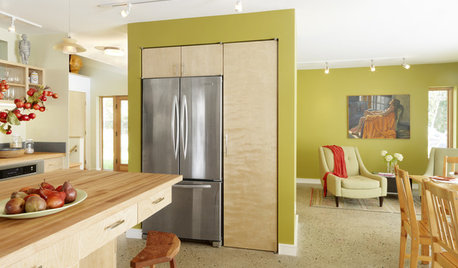
HOUZZ TOURSMy Houzz: Rejuvenated Ranch
A 1970s Vermont home gets a stunning, ecofriendly, contemporary update
Full Story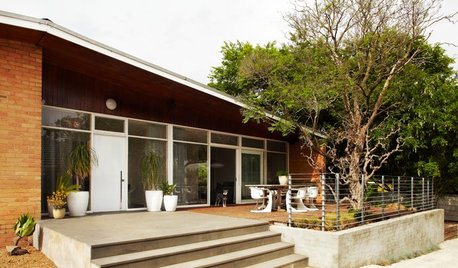
GARDENING AND LANDSCAPINGTake Back Your Front Yard: 8 Ways to Make It Social
If only trees and squirrels gather in your front yard, you're missing out on valuable socializing space. Here's how to remedy that
Full Story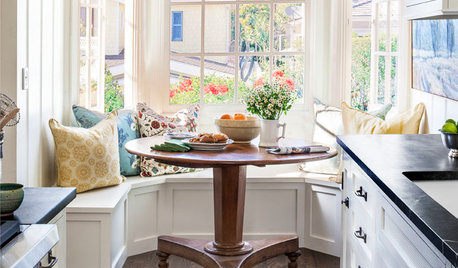
SMALL HOMESHouzz Tour: A Beach Cottage Gets Its Vibe Back
Historically accurate details restore the 1940s charm of a Laguna Beach home
Full Story
FEEL-GOOD HOME10 Ways to Make Your Home a Haven
Set up a comfortable environment that encourages relaxation and rejuvenation
Full Story
SHOP HOUZZShop Houzz: Give Birds a Warm Welcome
Welcome the birdies back into your yard — and let a few bird motifs fly into your own nest
Full Story0
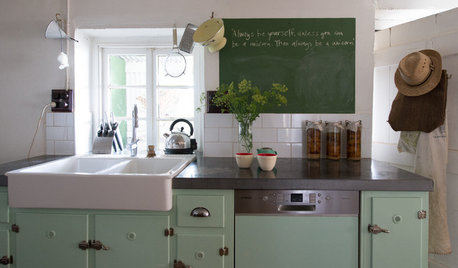
HOUZZ TOURSMy Houzz: Ease and Coziness in Rural Australia
Nothing is ‘too fancy or perfect’ in this 150-year-old bluestone farmhouse, but everything sure is warm and inviting
Full Story





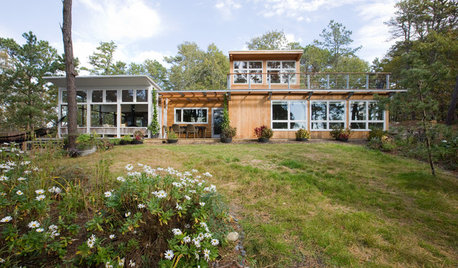
Kimmsr
jockewingOriginal Author
Related Professionals
Salem Landscape Contractors · Biloxi Landscape Contractors · Dinuba Landscape Contractors · Hannibal Landscape Contractors · Inglewood Landscape Contractors · Ramsey Landscape Contractors · Escondido Driveway Installation & Maintenance · Hayward Driveway Installation & Maintenance · Burleson Swimming Pool Builders · Elk Grove Swimming Pool Builders · Jacksonville Fence Contractors · Lake Zurich Fence Contractors · Northridge Fence Contractors · Pasadena Fence Contractors · Plainfield Fence ContractorsKimmsr